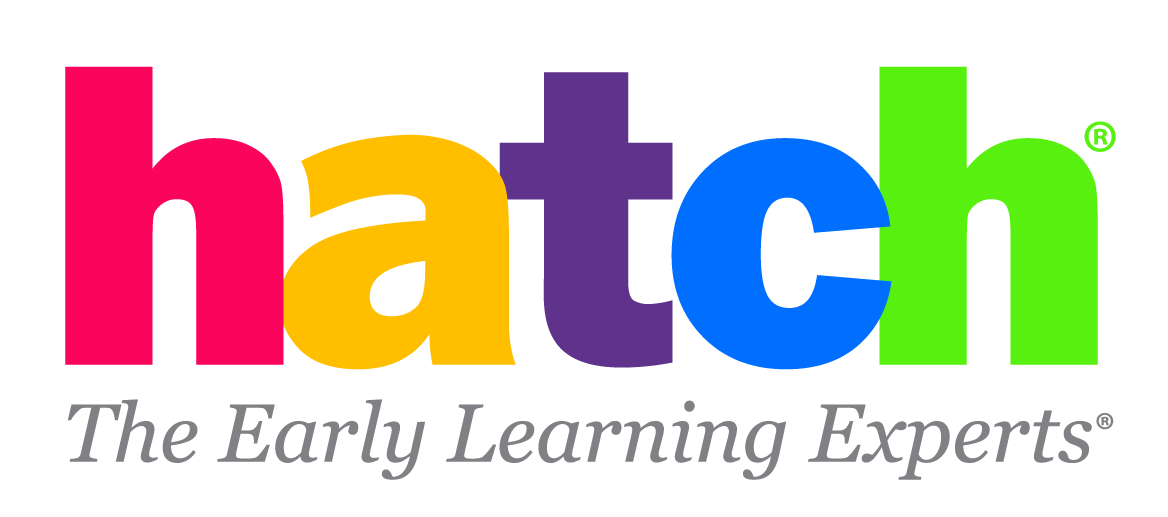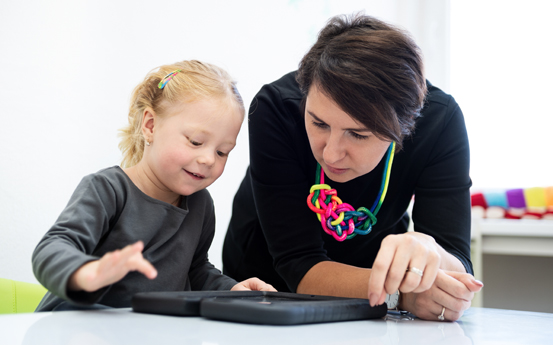Because of the pandemic, a lot of us teachers are starting the year off in complicated settings. Settings vary from school to school, and district to district. A lot of us have adopted a 100% virtual model, where our students stay at home, and we can provide instruction from the comfort of our own homes.
Some of us are asked to go to the school building, where we have easy-to-access resources, the school administration at our disposal, and tech support - either from the administration or from our peers. Others have the difficult task of implementing in-person teaching at the school building. I know this situation can be complicated, because not only do we have to focus on instruction, we also must follow guidelines and health protocols that keep us, and our students, from getting sick from virtually anything.
A lot of schools have also adopted what is known as a hybrid model. That is where some schools leave the decision up to parents, and they consent to having their kids either at the school building, or virtually from their home. For teachers, this setup can prove quite complicated. Teachers must pay attention to the needs of their students while physically sharing their space with them, while also maintaining the kids that are logged in from their computers engaged. I had a conversation over the phone with a buddy of mine, Reinaldo Báez - who is a preschool and elementary PE teacher for Commonwealth-Parkville School in Puerto Rico - to talk about the implications of teaching under new circumstances. His school has implemented the hybrid model.
A teacher with over ten years of experience, Reinaldo said he now feels like a “rookie.” He explained that he felt he was starting all over again, and that the way he was wrapping his head around concepts reminded him of when he was first starting out in pedagogy. He made a note that this scenario “is not the norm.” Since this is all new, we are all adapting as we go, including the administration. This year has been particularly hard, because of the endless trial-and-error phase. He also told me that the preparation for both in-person and virtual teaching was not without its difficulties. The main problem he has encountered is that most schools equate “hybrid” with “simultaneous.” Reinaldo reiterated that that should not be the case, especially for kids in preschool. He recommended that schools should have a definition for “hybrid” that encompasses the needs of children to be able to learn and includes attending periods at different times.
Among the tools and practices we discussed that teachers are using to complement their virtual instruction, we talked about pre-recorded classes. While we agreed these are a great tool for teachers, we also saw how this method might fall short on our conception of pedagogy. There is no interaction with the students, no engagement and there is no way to call their attention and check for comprehension. Another area we discussed was the subject of reasonable accommodations. A lot of us teachers have children that need special accommodations in our classrooms. Those accommodations are, for the most part, strictly defined by the Department of Education, and the way to implement these accommodations also follow a national standard. Within the new virtual model, a lot of these accommodations cannot be implemented as teachers can usually do so.
Despite the challenges social distancing has imposed on us, Reinaldo said his calling is to teach, and that he would do just that. I asked him what are some tips and tricks that have worked for him that he would share with other teachers. These are a few:
- Embrace the platform: Sometimes technology can be intimidating. Even more so with the fact that technology changes and updates faster each time than the previous year. Reinaldo recommended thinking of technology as your friend and taking the time to explore all the features whatever platform you are using to give classes has to offer.
- Look ahead: Think of this as a positive thing. Education, as well as many other fields and services, was set to become virtual in the near future. The pandemic simply accelerated that process, but whether it was today or ten years from now, something, at least similar to this, would have taken root. We are getting the leg up in implementing technology in the classroom.
- Social interactions: Since most kids are closed off to the world for reasons beyond their control, the platform we use for instruction gives the kids a chance to connect with their classmates, interact with them, share comprehension, and talk to the teacher. Though less than ideal, technology allows us to connect with our loved ones and peers while we cannot do so in person. Allow time for students to connect and share details about their day and what they have learned over the digital platform.
- Simplification: Since the in-person social aspect of teacher-student interactions is lacking, Reinaldo said it served him well to simplify instruction. That included attaching terminology to certain actions. For example, his students now know that when he says, “athlete position,” that he means to place your feet shoulder-width apart, in a quarter squat, and their hands forward with their arms bent. Try not to cover minute details over instruction. If necessary, scaffold the first steps of the lesson, so it is easier to jump to more complicated skills.
- Sharing pictures: A positive aspect of virtual learning is that sharing videos or pictures to enhance understanding has helped children who are usually shy in person and are reticent to participate. This generation’s children are tech-savvy and learn a lot from visual stimuli. In an in-person class, detailed explanations and modeling are the norm, but now that teachers are pushed towards using more pictures and images, children have more control over the pace they learn, and can comprehend better with a static image. Students registered in dance classes at Commonwealth-Parkville School have displayed more confidence, because pre-recorded videos from the teacher have allowed them to learn at their own pace, without being judged or placed in a competitive scenario with their classmates.
We certainly have many challenges to face this school year. We must remember that our students are also having a hard time. Staying at home makes kids fall behind on emotional learning. The best way our preschoolers learn is through play and socially conscious activities. Staying at home staring at the computer, where their interactions are limited, places them in social deficit. We also must take into consideration their attention spans; it is not realistic to have the kiddos pay attention to five virtual classes a day. Reinaldo encourages having a balance between classes. Perhaps you can start a conversation with the administration to lower time requirements for classes.
The key to making it this year is to use resources and methods that work for YOU. As I mentioned before, this year we are on a trial-and-error basis, our school administrators included. Oftentimes, they will not have the answers. If you found something that works for you, do not be afraid of implementing it into your daily routine. Remember to embrace the technology. This year, your learning platform will be your best teacher helper. Lastly, as you increase your skills managing distance learning, remember to share your learned skills with peers, so you contribute to enhancing everyone’s teaching experience.



